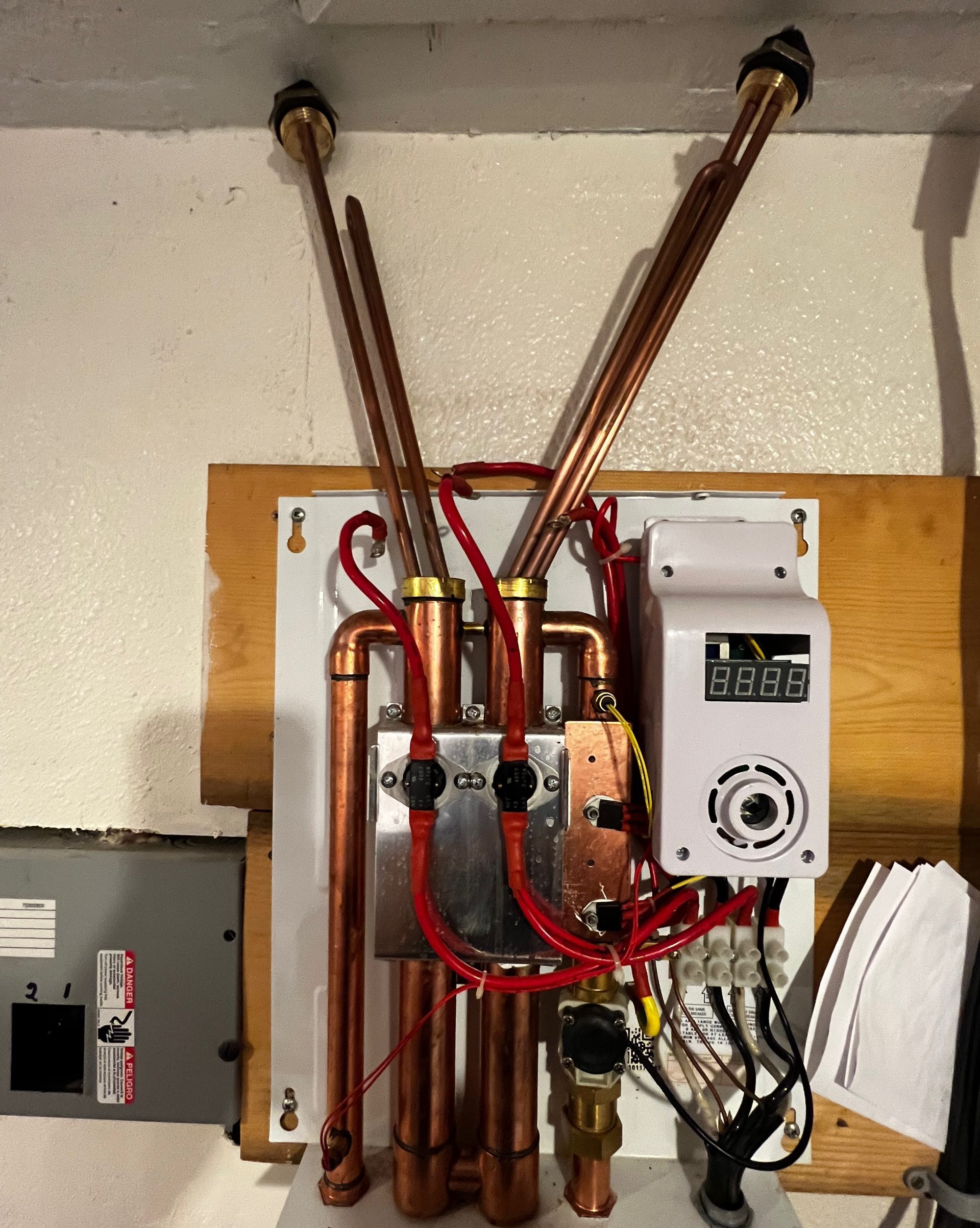Important Tips on Maintaining Your Home's Hot Water System
Important Tips on Maintaining Your Home's Hot Water System
Blog Article
What're your insights and beliefs about How to Maintain Your Water Heater & Prolong its Life?

Hot water is essential for everyday comfort, whether it's for a rejuvenating shower or washing meals. To guarantee your hot water system runs effectively and lasts much longer, regular maintenance is key. This post provides functional tips and insights on just how to preserve your home's warm water system to avoid interruptions and expensive fixings.
Introduction
Preserving your home's warm water system may seem overwhelming, but with a few basic actions, you can ensure it operates efficiently for many years ahead. This overview covers everything from understanding your hot water system to DIY maintenance ideas and knowing when to employ specialist aid.
Significance of Maintaining Your Warm Water System
Regular upkeep not only expands the lifespan of your hot water system but also ensures it operates effectively. Disregarding upkeep can lead to decreased effectiveness, greater power costs, and also early failing of the system.
Indicators Your Warm Water System Needs Maintenance
Knowing when your hot water system needs attention can avoid major issues. Watch out for indications such as irregular water temperature, odd noises from the heating unit, or corroded water.
Purging the Water Heater
Purging your hot water heater gets rid of debris accumulation, enhancing effectiveness and extending its life.
Monitoring and Replacing Anode Rods
Anode rods prevent corrosion inside the container. Evaluating and changing them when worn is critical.
Facility Problems Needing Professional Help
Instances consist of major leaks, electrical troubles, or if your hot water heater is constantly underperforming.
Routine Professional Upkeep Perks
Specialist maintenance can include thorough examinations, tune-ups, and making certain compliance with safety criteria.
Evaluating and Changing Temperature Setups
Changing the temperature setups makes sure optimal efficiency and safety.
DIY Tips for Maintenance
You can execute a number of maintenance jobs yourself to keep your warm water system in top problem.
Looking for Leakages
Frequently inspect pipes and links for leaks, as these can lead to water damages and greater expenses.
Understanding Your Warm Water System
Prior to diving right into maintenance jobs, it's practical to recognize the standard components of your warm water system. Typically, this consists of the water heater itself, pipes, anode rods, and temperature level controls.
Monthly Maintenance Tasks
Routine month-to-month checks can assist capture minor problems prior to they escalate.
Testing Stress Alleviation Valves
Evaluating the stress relief valve ensures it operates correctly and protects against extreme stress buildup.
Protecting Pipelines
Insulating hot water pipelines decreases warmth loss and can save energy.
When to Call an Expert
While do it yourself maintenance is helpful, some concerns need specialist competence.
Verdict
Regular maintenance of your home's hot water system is necessary for efficiency, longevity, and price financial savings. By following these suggestions and recognizing when to look for professional help, you can guarantee a reputable supply of warm water without unexpected disruptions.
How to Maintain an Instant Hot Water Heater
Before tinkering with your hot water heater, make sure that it’s not powered on. You also have to turn off the main circuit breaker and shut off the main gas line to prevent accidents. Also turn off the water valves connected to your unit to prevent water from flowing into and out of the appliance. 2. When you’re done, you have to detach the purge valves’ caps. These look like the letter “T†and are situated on either side of the water valves. Doing so will release any pressure that has accumulated inside the valves while at the same time avoid hot water from shooting out and burning your skin. 3. When the purge valves’ caps are removed, you have to connect your hosing lines to the valves. Your unit should have come with three hoses but if it didn’t, you can purchase these things from any hardware or home repair shops. You can also get them from retail stores that sell water heating systems. Read the user’s manual and follow it to complete this task properly. When the hosing lines are connected, open the purge port’s valves. 4. You should never use harsh chemical cleaners or solutions when cleaning your unit. Make use of white vinegar instead. It should be undiluted and you’ll probably use about 2 gallons. 5. Now flush your water heater. This task should probably take about 40 minutes. We can’t give you specific directions for this because the procedure is carried out depending on the type, model and brand of your heater. With that being said, refer to the user’s manual. 6. When you’re done draining the unit, you have to turn off the purge port valves again. Remove the hosing lines that you earlier installed on each of the water valves. Put the valve caps (purge port) back in their respective places and be very careful so as not to damage the rubber discs that are found inside these caps. 7. Now that everything’s back in place, check your user’s manual again to find out how to reactivate your water heating system. 8. Once it is working, turn one of your hot water faucets on just to let air pass through the heater’s water supply pipes. Leave the tap on until water flows smoothly out of it. https://www.orrplumbing.com/blog/2014/september/how-to-maintain-an-instant-hot-water-heater/

I was shown that editorial on Water Heater Maintenance Tips You Can't Afford to Forget from a friend on our other website. Loved our post? Please share it. Help another person find it. Bless you for your time. Come back soon.
Schedule Appointment Report this page